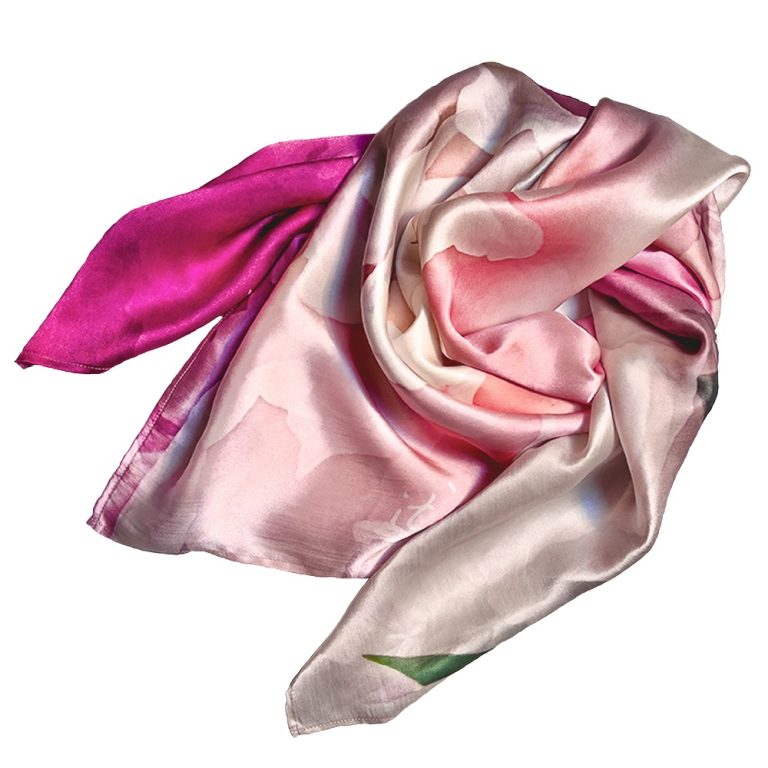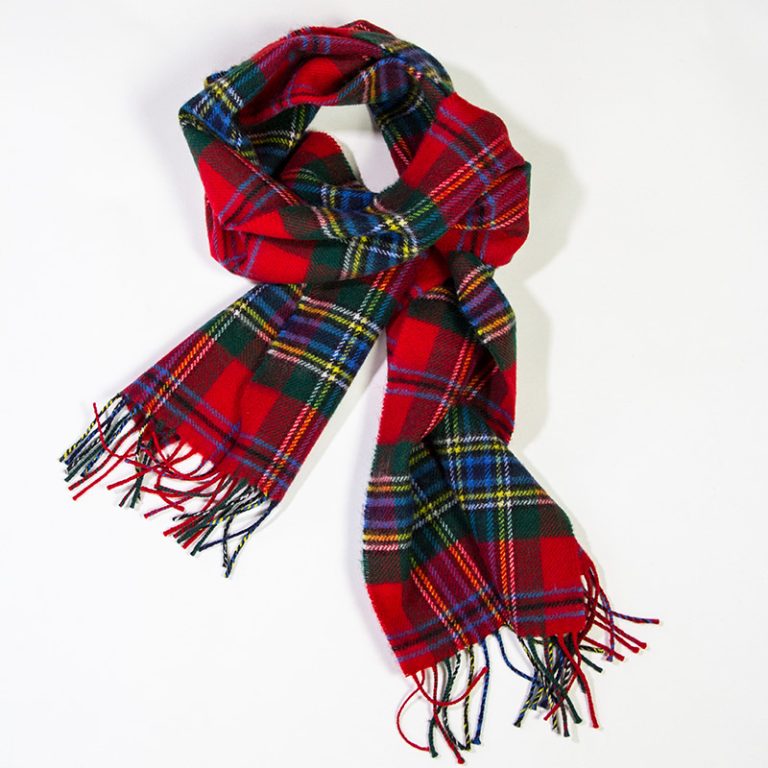Head scarves have long been a stylish accessory, transcending cultures and fashion trends. They are worn for various reasons, including protection from the sun, fashion statements, or cultural significance. Choosing the right fabric for a head scarf is essential for comfort, functionality, and style. In this guide, we will explore the different types of fabrics suitable for head scarves, their unique properties, and tips for selecting the best option for your needs.
The Importance of Fabric in Head Scarves
How Fabric Affects Comfort
The fabric chosen for a head scarf significantly impacts how comfortable it feels against your skin. Lightweight and breathable materials are ideal for warmer weather, as they allow air to flow and keep the head cool. In contrast, thicker fabrics may provide warmth during colder months but can also feel heavy and cumbersome.
Additionally, fabric texture plays a critical role in comfort. Soft materials will not irritate the skin, making them suitable for all-day wear. A head scarf should feel good whether worn for a few hours or throughout the day. Therefore, understanding how fabric influences comfort helps you make informed choices.
Functionality Meets Fashion
Functionality is another vital factor in choosing head scarf fabric. Different activities may require distinct fabric properties. For example, if you are wearing a head scarf during outdoor sports or workouts, moisture-wicking fabric would be beneficial. Such fabrics allow sweat to evaporate, keeping you dry and comfortable.
On the other hand, if you plan to wear a headscarf for a formal occasion or as a fashion statement, you might prefer luxurious fabrics that drape beautifully. The right fabric can elevate the overall look of your outfit while ensuring you feel good wearing it. Balancing both comfort and functionality with fashion is key when choosing your perfect head scarf.
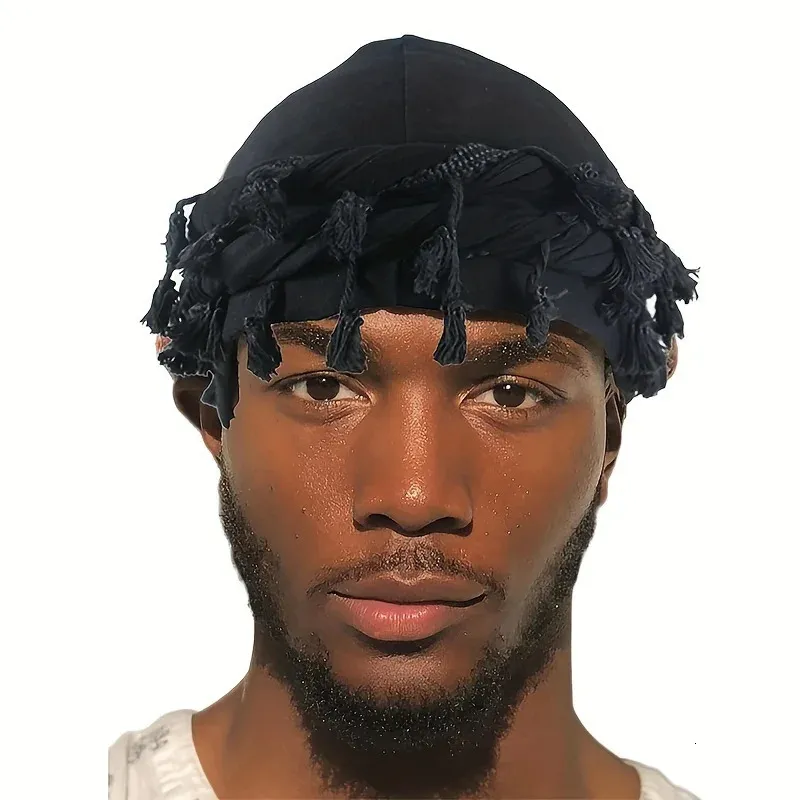
Popular Fabrics for Head Scarves
Cotton: Breathable and Versatile
Cotton is one of the most popular fabrics for head scarves. Known for its breathability and softness, cotton is a comfortable choice for everyday wear. It’s lightweight, making it ideal for summer use while still providing enough coverage for cooler days. Cotton fabric is also easy to wash and care for, making it an excellent option for those who frequently wear head scarves.
A significant advantage of cotton is its versatility. It comes in various prints, colors, and patterns, allowing you to express your style. From vibrant floral designs to classic stripes, the options are endless. Whether worn casually or dressed up, cotton scarves can fit seamlessly into any wardrobe.
Silk: Luxurious and Chic
Silk is another popular choice for head scarves, valued for its softness and luxurious feel. This fabric drapes beautifully, creating an elegant look that enhances any outfit. Silk scarves are especially suitable for formal occasions and can add a touch of sophistication to your style.
One of the notable qualities of silk is its ability to regulate temperature. It keeps you warm during colder weather and cool in warmer conditions. However, silk is a more delicate material and may require special care to maintain its appearance. Handwashing or dry cleaning is recommended for silk scarves to ensure they last longer.

Lightweight Fabrics for Warm Weather
Chiffon: Flowy and Feminine
Chiffon is an excellent choice for warm weather due to its lightweight and airy nature. This semi-transparent fabric is often used to create flowy scarves that add a soft touch to any outfit. Chiffon head scarves can be styled in various ways, making them a versatile accessory.
While chiffon is beautiful, it can be somewhat slippery. This quality may require special tying techniques to ensure the scarf stays in place. However, the ethereal look that chiffon provides often makes it worth the challenge. Pairing a chiffon scarf with complementary outfits can create a feminine and graceful appearance.
Rayon: Soft and Comfortable
Rayon is a synthetic fabric made from natural fibers, known for its softness and breathability. It has a smooth texture and is often used to create lightweight, stylish scarves. Rayon headscarves can be an excellent choice for summer outings, as they drape beautifully and generally hold color well.
In addition to comfort, rayon is absorbent, making it suitable for hotter conditions. It also resists wrinkles, giving you an effortlessly chic look throughout the day. With various colors and patterns available, rayon scarves can easily adapt to different styles and occasions.
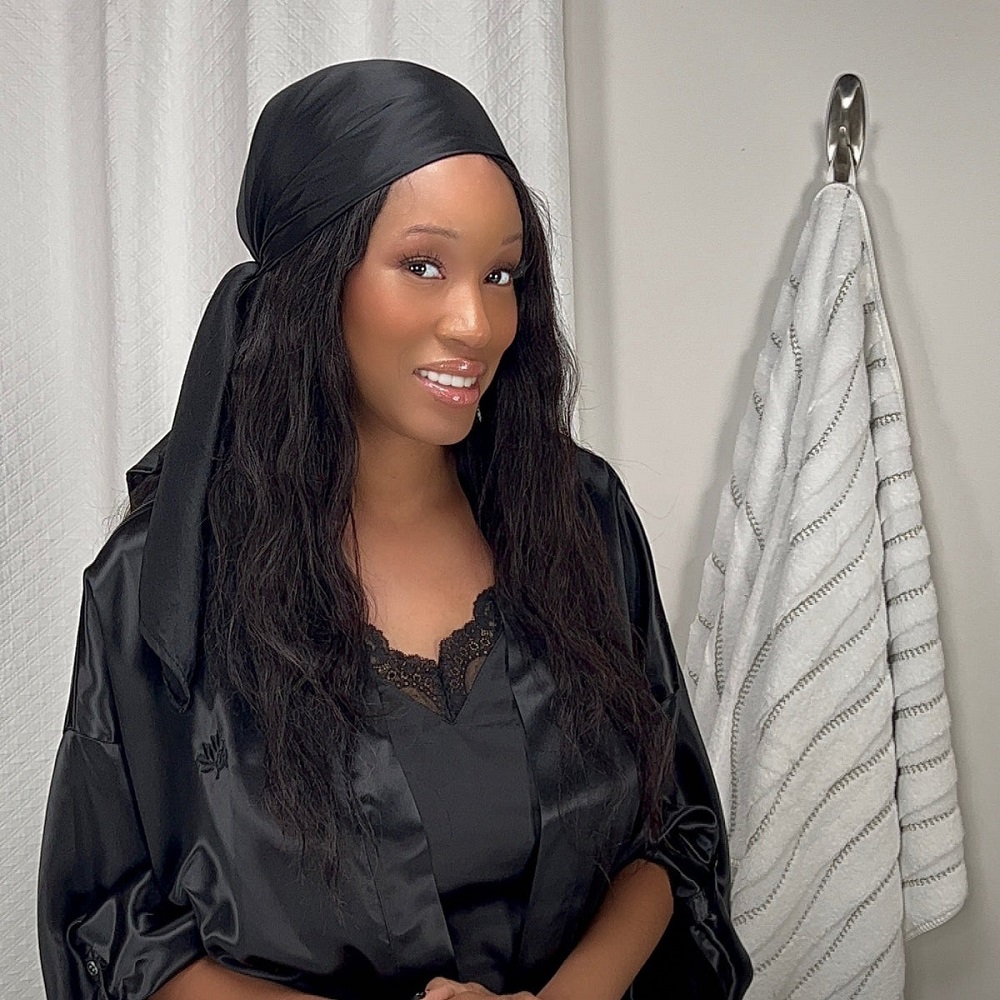
Thicker Fabrics for Cold Weather
Wool: Warmth and Insulation
Wool is a popular choice for head scarves in cooler weather. It provides substantial warmth and insulation, making it ideal for winter months or chilly environments. Wool scarves can be knitted or woven, resulting in different textures and styles.
While wool offers excellent heat retention, it can sometimes be itchy against the skin. Opting for merino wool or softer wool blends can enhance comfort, as these materials are gentler and less irritating. A wool head scarf not only keeps you warm but can also add a cozy and stylish touch to winter outfits.
Fleece: Soft and Cozy
Fleece is another incredibly warm and cozy fabric option for head scarves during colder months. Its fluffy texture provides comfort and insulation, making it a favorite choice for outdoor activities in chilly weather. Fleece scarves are lightweight yet effective at trapping heat, ensuring you remain warm without added bulk.
Fleece is easy to care for and typically machine washable, which adds to its practicality. Available in many colors and patterns, fleece head scarves can bring a playful element to winter outfits. This fabric is especially popular for casual wear, providing a laid-back and cozy vibe.
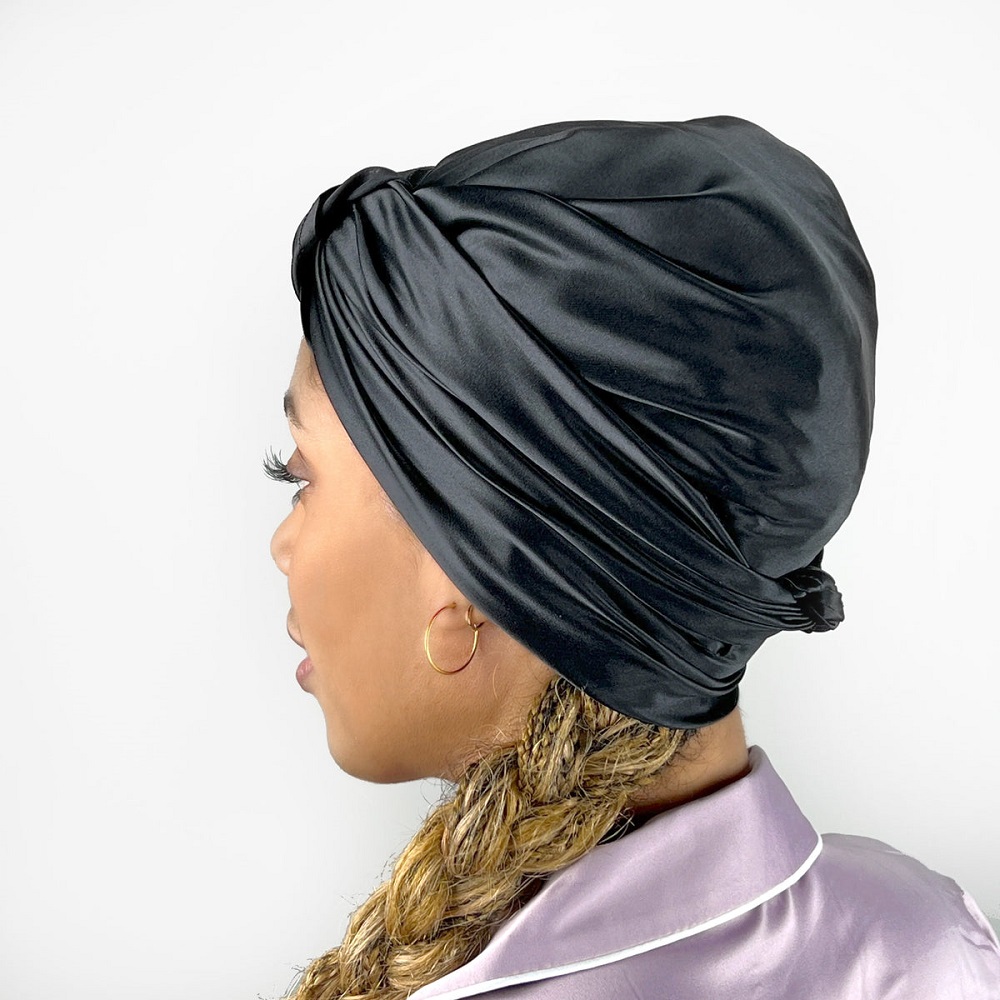
Functional Fabrics for Active Lifestyles
Moisture-Wicking Polyester
For those who lead active lifestyles, moisture-wicking fabrics are essential in head scarves. Polyester, in particular, is a widely used material due to its durability and ability to draw moisture away from the skin. This quality prevents sweat from accumulating, keeping you dry and comfortable during exercise.
Many athletic head scarves incorporate polyester blends with spandex to increase stretch and flexibility. This design allows the scarf to fit snugly on your head while enabling full movement. The benefits of moisture-wicking fabric make it an exceptional choice for workouts, outdoor sports, or yoga sessions.
Nylon: Lightweight and Durable
Nylon is another functional fabric that works well for active wear. Known for its strength and lightweight quality, nylon head scarves can withstand vigorous activities without losing shape. These scarves are often quick-drying, making them a practical choice for people who engage in outdoor adventures, especially those involving water or sweat.
The breathability of nylon also enhances comfort, making it suitable for warm-weather activities. Whether worn for sports or casual outings, nylon head scarves provide reliable performance while looking stylish. The durability of this fabric ensures that the scarf can withstand wear and tear over time.
Choosing the Right Fabric for Your Needs
Consider the Season
When selecting a head scarf, consider the season in which you’ll be wearing it. Lightweight fabrics, such as cotton, chiffon, and rayon, are ideal for warm weather. They allow airflow and comfort while adding style. On the contrary, thicker materials like wool and fleece are perfect for colder months, keeping warmth intact.
Understanding the seasons can guide you to choose fabrics that match specific conditions. For instance, a light cotton scarf may be suitable for a beach day, while a warm wool scarf would be appropriate for a winter event. Adapting to seasonal changes will enhance your overall experience and look.
Prioritize Comfort and Usage
When choosing a fabric, prioritize comfort, especially if you plan on wearing the scarf for extended periods. Experiment with different materials to see which ones feel best against your skin and suit your style. If you have sensitive skin, consider opting for softer, gentler fabrics.
Also, consider how you plan to use the head scarf. If it’s purely a fashion statement, you might feel more inclined to explore luxurious materials. If you need functionality, focus on breathable and moisture-wicking fabrics that suit your activities. Ultimately, selecting a fabric that aligns with your needs ensures satisfaction and ease of use.
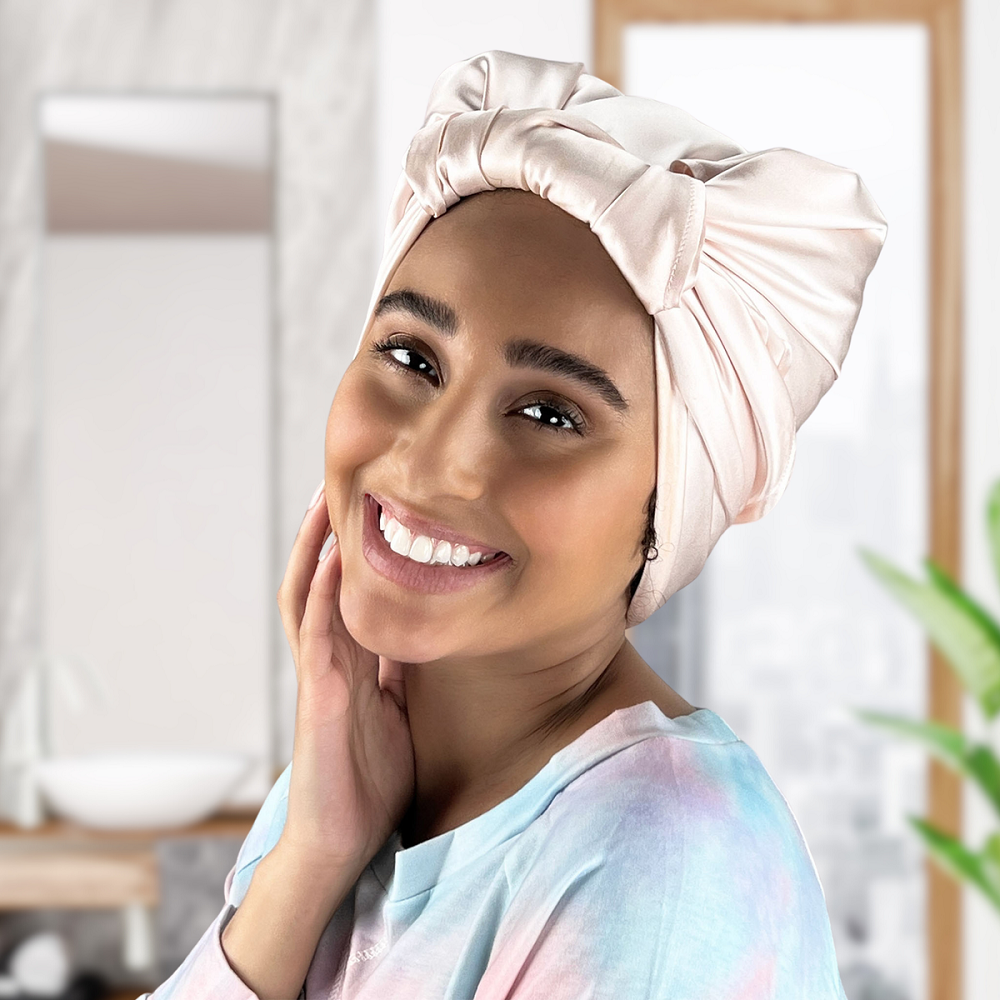
Caring for Your Head Scarves
Cleaning Techniques for Different Fabrics
Once you’ve chosen the perfect head scarf, understanding how to care for it becomes essential to maintain its appearance. Different fabrics require specific care techniques to ensure longevity. For cotton scarves, machine washing in cold water with mild detergent is usually safe. After washing, lay the scarf flat to dry to prevent shrinkage.
Silk and delicate lace scarves require more care. Hand washing or dry cleaning is usually the best option for these fabrics. Use a gentle detergent and cold water, and avoid wringing or twisting to prevent damage. Always allow silk scarves to air dry, avoiding direct sunlight to maintain the color.
Storing Your Scarves Properly
Proper storage can prolong the life of your head scarves. Avoid leaving them crumpled in a drawer, as this can cause creases that are difficult to remove. Instead, consider rolling them or hanging them on a scarf hanger to minimize wrinkling. For delicate fabrics, a padded hanger or silk garment bag can protect against damage.
Additionally, keeping scarves away from direct sunlight helps prevent fading. If your collection grows, consider organizing them by color or type, making it easy to find the right scarf when you need it. Caring for your head scarves ensures they remain beautiful and functional for years to come.
The Versatility of Head Scarves
In conclusion, head scarves are timeless accessories that combine functionality and style. Choosing the right fabric is essential for comfort, aesthetics, and practical use. Whether you decide on cotton for its breathability, silk for its elegance, or moisture-wicking fabrics for active pursuits, each option brings its unique qualities to the table.
By understanding the various fabric types and their characteristics, you can curate a collection of head scarves that fits your lifestyle and personal style. Embrace the versatility of head scarves in your wardrobe and enjoy experimenting with different fabrics to create looks that express your individuality. The right head scarf can transform an outfit, enhance comfort, and serve multiple purposes throughout the seasons. So, explore the options, and elevate your style with the perfect head scarf!
